
Tracking Western parts in Russian weapons used against Ukraine

Arms experts say high-tech components made by companies in the United States, Switzerland and other Western countries have been found in drones and missiles used by Russia in the war in Ukraine. Here’s what we know.
What components have been found in weapons used against Ukraine?
In August 2022, a reportExternal link by the defence think tank Royal United Services Institute (RUSI) presented a detailed analysis of the components and inner workings of Russia’s most modern military systems – including cruise missiles, communications systems and electronic warfare complexes, which were captured or fired in Ukraine since the start of the war. RUSI found at least 450 different kinds of unique foreign-made components across the 27 systems it took apart and studied. Most were manufactured by US firms, but also from Japan, Taiwan, South Korea, Switzerland, the Netherlands, Britain, France and Germany.
Russia has also attacked Ukraine with drones from Iran. But some of those drones’ components also come from other countries. A separate analysis of Iranian drones downed in Ukraine, conducted by investigators from the Conflict Armament Research (CAR) group and published in NovemberExternal link found over 500 different components.
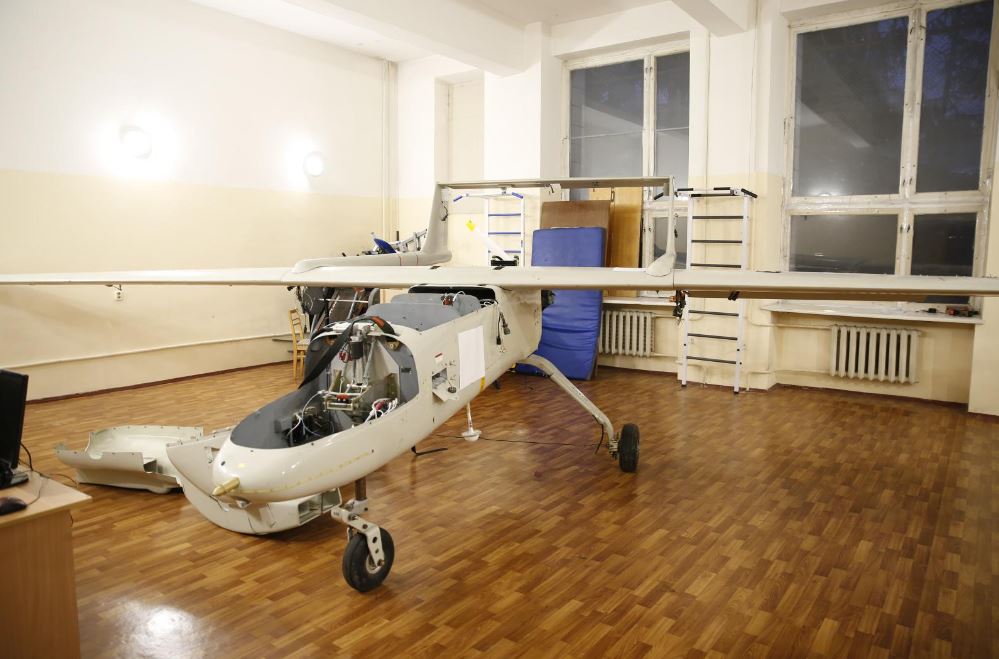
CAR investigators examined the drones by tracing the documented components back to their manufacturers to confirm their provenance and onward supply. The components came from 70 manufacturers in 13 different countries; 82% of the parts were made by companies based in the US. According to CAR, most of the components were manufactured in 2020 and 2021.
A Ukrainian intelligence service assessment obtained by CNN and published in JanuaryExternal link 2023 said parts made by over a dozen companies from the US and others from Canada, Switzerland, Japan, Taiwan, and China were found inside an Iranian drone downed in Ukraine last autumn.
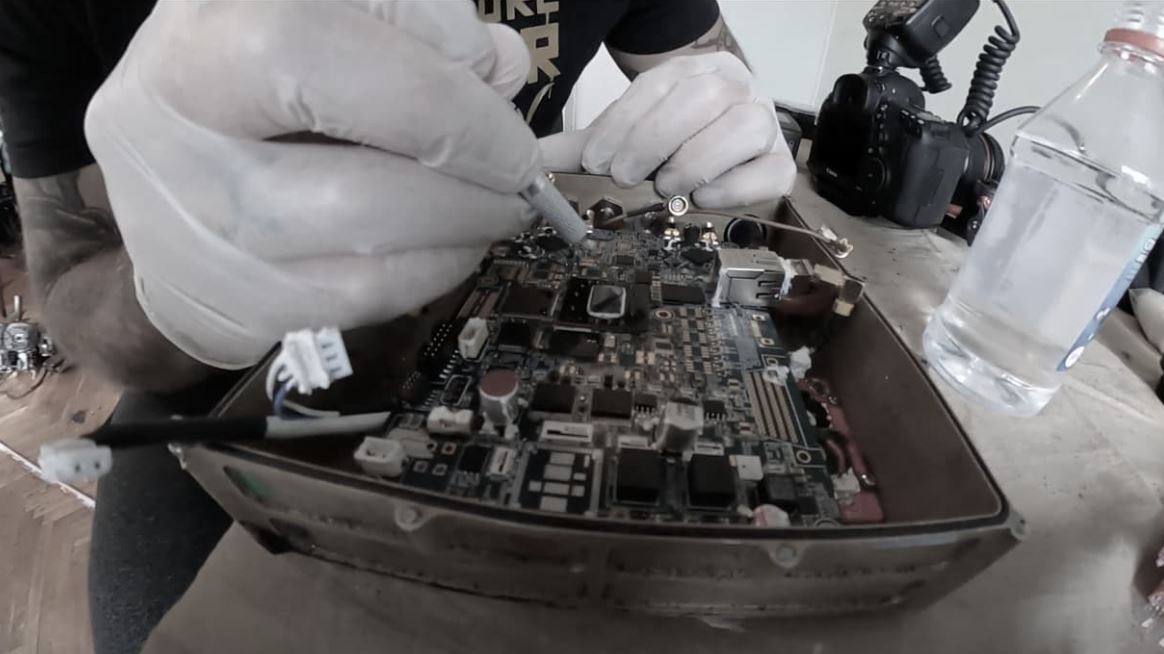
Which Swiss firms are implicated?
RUSI saidExternal link Switzerland was the fourth-largest manufacturer of components found in the Russian weapons systems it studied. In all, it found 18 unique components manufactured by Swiss firms. The report names STMicroelectronics and u-blox, which manufacture semiconductors and global navigation satellite modules, among other equipment. U-blox was launched in the mid-1990s as a spin-off from the federal technology institute ETH Zurich; it has grown into a multi-million-franc company based in Thalwil near Zurich with over 1,000 employees.
According to RUSI, eight microcontrollers made by Geneva-based STMicroelectronics were recovered from a number of Russian military drones in Ukraine. Furthermore, a high-frequency power transistor in a radio set was recovered, as well as components in the satellite navigation system of a Kh-101 cruise missile. Modules from u-blox were present in the GPS tracker and the navigation and positioning system of an Orlan 10 drone, as well as in a radio set. The Ukrainian intelligence assessment published by CNN also identified components from u-blox.
In June 2022, the daily newspaper Blick reportedExternal link, citing work by CAR, that a GPS module produced by u-blox had been found in an Orlan-10 drone that crashed in Ukraine’s Donetsk region in 2016.
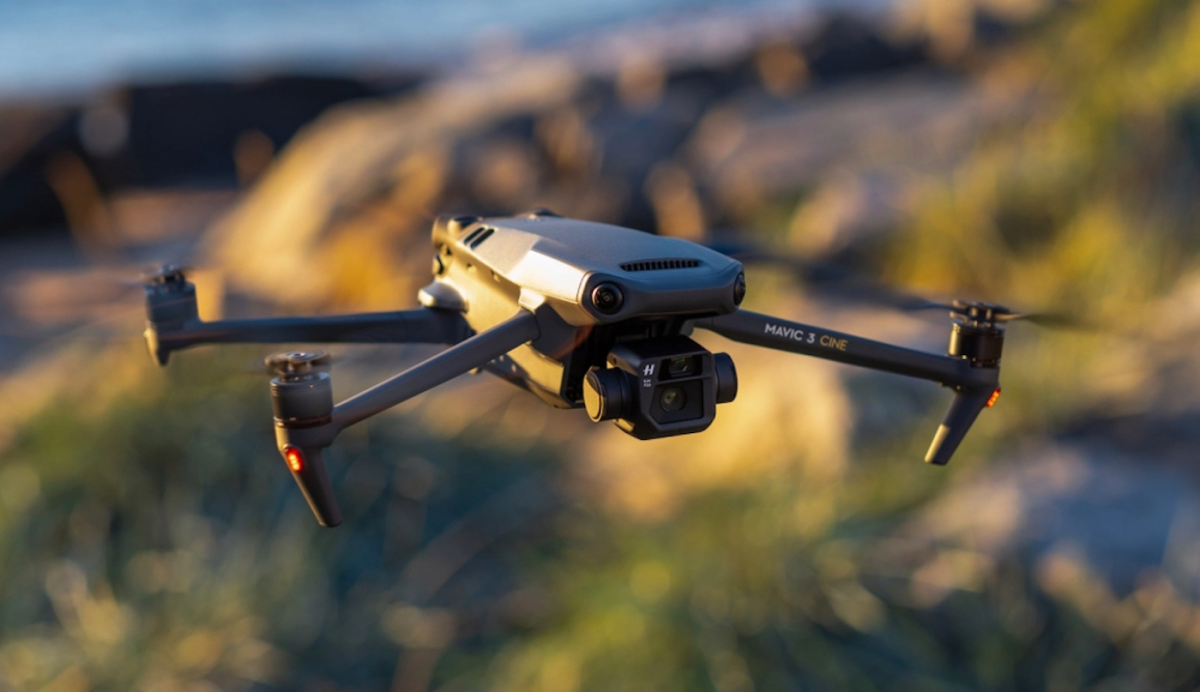
More
Swiss army uses drone technology. Should we worry?
What do the Swiss manufacturers say?
In a statementExternal link issued on December 20, 2022, u-blox condemned the use of its global navigation satellite system modules in Russian military drones. “Since 2022 u-blox applies a company policy that its products must not be used in weapons – including systems for target identification,” it said. The firm said it had stopped all sales to Russia, Belarus and the territories occupied by the Russian army in Ukraine immediately after Russia’s invasion in February 2022.
The Russian government stockpiled components in anticipation of the war, which u-blox says could be one reason why products from foreign component manufacturers were found in Russian drones made after the Ukraine war began. The firm said it would investigate any breaches and take legal action if necessary.
Following reports in the Swiss pressExternal link, STMicroelectronics issued a short statement in December. It said: “Following the implementation of sanctions and export control measures by the European Union, the United States and many other countries against Russia and Belarus since February 2022, the company has taken the necessary actions to comply with this new framework”.
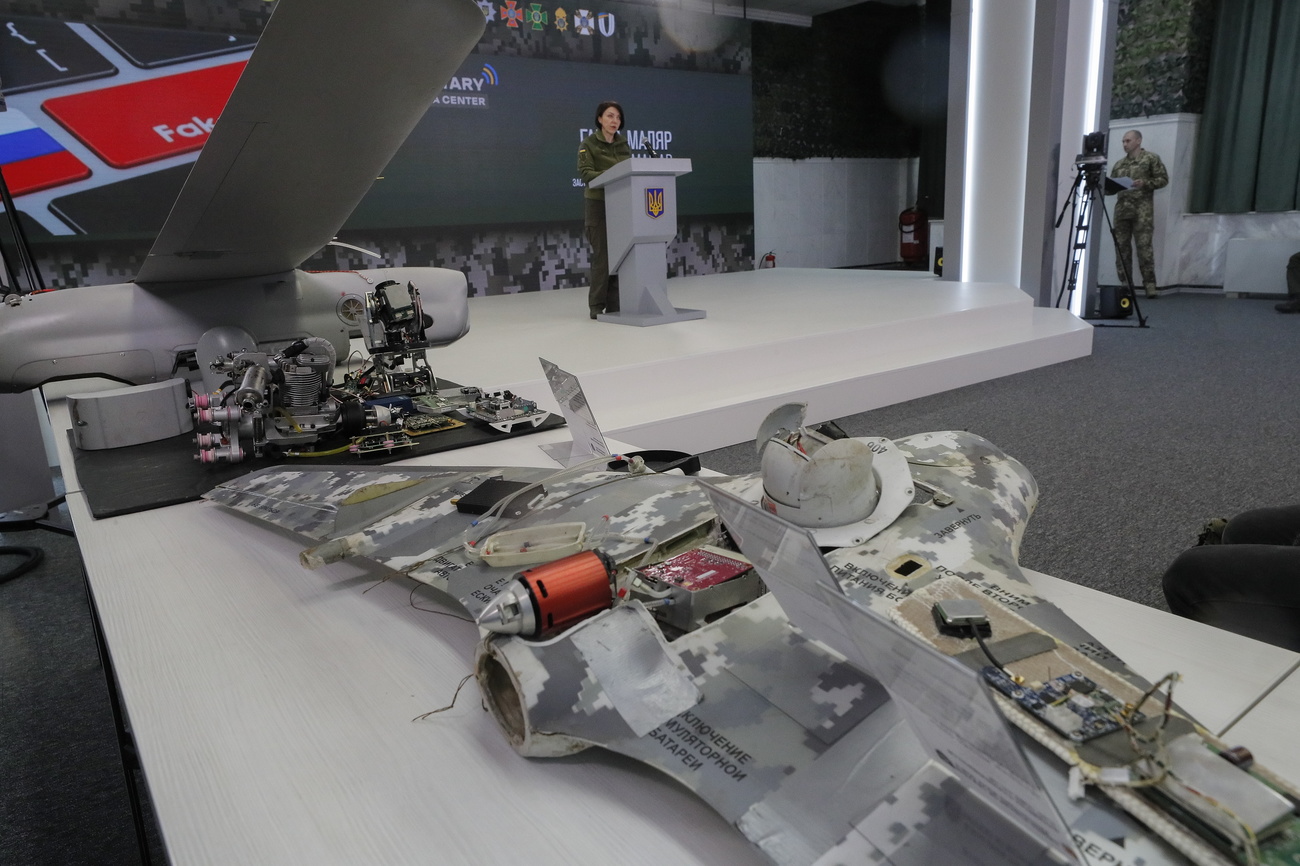
What is the position of the State Secretariat for Economic Affairs (SECO), which oversees Swiss export controls?
Swiss law prohibits the delivery of weapons to countries at war. In addition, Iran and Russia are under international sanctions: trade with these countries is therefore tightly controlled.
SECO has been following the reports of Western components closely and has carried out checks, it told SWI swissinfo.ch. “The companies in question are based in Switzerland, but their production is located in third countries. The goods concerned are mass-produced industrial goods that are not subject to dual-use controls and are freely available on the world market,” said SECO spokesperson Fabian Maienfisch, adding that no exports went from Switzerland to Iran or Russia.
The companies were found not to have violated Swiss law, SECO said.

What export controls and sanctions are in place to tackle this problem in the future?
On March 4, 2022 Switzerland followed the EU in imposing tough sanctions and restrictions related to the war in Ukraine. Restrictions were placed on the export of dual-use goods and technology, including semiconductors, for example. More recently it has extended sanctions to target the suppliers and manufacturers of Iranian drones that have been used to target civilian infrastructure in Ukraine during the conflict with Russia.
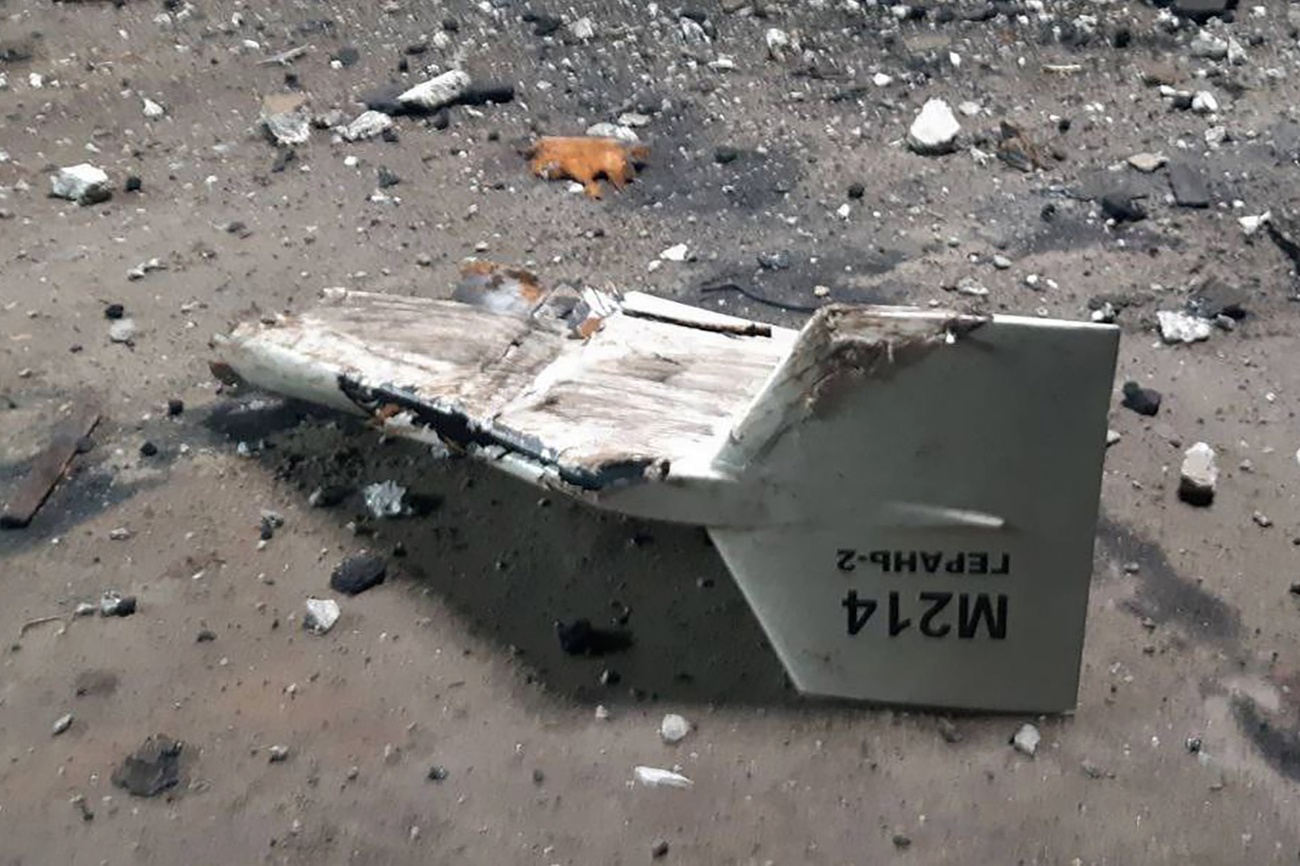
More
Swiss adopt latest EU drone sanctions over Ukraine war
SECO said although the Swiss components found in Russian and Iranian weapons are not officially considered dual-use goods, their export or sale from Switzerland to Russia has been banned since March 4, 2022.
“It can be assumed that Russia and Iran are procuring such goods via third countries. These purchases for illegitimate military purposes are often made by front companies,” said a SECO spokesperson.
They said one of the biggest problems is that there are often no controls or insufficient measures in place at the foreign production sites, where Swiss law does not apply.
What are the US and other countries doing?
The US administration has accelerated moves to deprive Iran of the Western-made components needed to manufacture the drones being sold to Russia. “We are looking at ways to target Iranian UAV [unmanned aerial vehicle] production through sanctions, export controls, and talking to private companies whose parts have been used in the production,” Adrienne Watson, spokesperson for the US National Security Council, told the New York Times in late DecemberExternal link.
US forces are also helping the Ukrainian military to target sites where the drones are being prepared for launch, the newspaper said. And the Americans are rushing in new technologies designed to give early warning of approaching drone swarms and improve Ukraine’s chances of bringing them down.
A US Department of Commerce spokesperson told ReutersExternal link in December that Russia’s access to semiconductors had been reduced by nearly 70% since the start of the invasion, thanks to the actions of a 38-nation coalition.
But a joint Reuters and RUSI investigationExternal link, also published in December, revealed that global supply channels to Russia have remained open despite Western export restrictions and manufacturer bans. At least $2.6 billion in computer and other electronic components flowed into Russia in the seven months leading to October 31, Russian customs records show. At least $777 million of these products were made by Western firms whose chips have been found in Russian weapons systemsExternal link.
Edited by Sabrina Weiss

More
Switzerland – where the robots of tomorrow are born

In compliance with the JTI standards
More: SWI swissinfo.ch certified by the Journalism Trust Initiative


























You can find an overview of ongoing debates with our journalists here . Please join us!
If you want to start a conversation about a topic raised in this article or want to report factual errors, email us at english@swissinfo.ch.